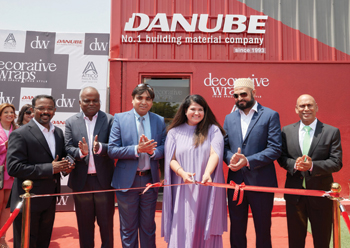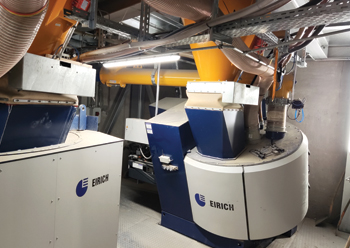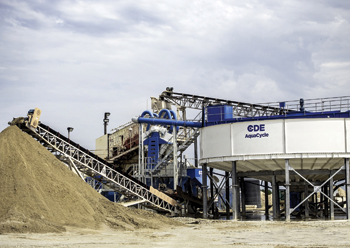
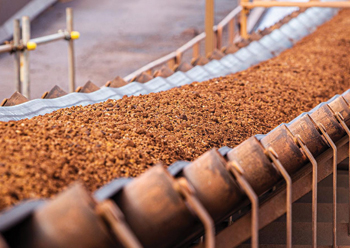 An iron-ore-conveyor belt
An iron-ore-conveyor belt
The development of new, cleaner steelmaking technology is helping to ease concerns about a predicted bottleneck in the iron ore supply chain.
A new report from The Institute for Energy Economics and Financial Analysis (IEEFA), Solving Iron Ore Quality Issues for Low-Carbon Steel, examines a number of new innovations in the industry that could accelerate the switch from traditional blast furnace technology to lower-emissions Direct Reduced Iron (DRI)-based steelmaking.
DRI does not use metallurgical coal, but currently relies on high quality DR-grade iron ore (above 67 per cent purity), which is in short supply.
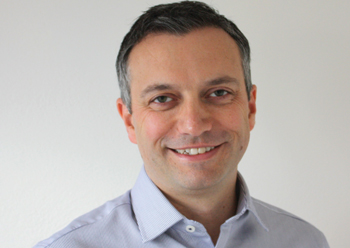 |
|
Simon Nicholas |
However, report author Simon Nicholas points to new technology combinations that allow DRI processes to use the more plentiful, blast furnace-grade ore (typically 62-65 per cent purity) in the production of low carbon steel, thereby removing the need for high-grade iron ore.
“Encouragingly, we found some steelmakers are now investigating and planning,” said Nicholas. “This will alleviate the DR-grade iron ore scarcity problem, aiding the expansion of low-emissions steelmaking technology that does not use metallurgical coal,” he added.
German conglomerate Thyssenkrupp is intending to replace the first of its blast furnaces with DRI plants combined with a submerged arc furnace (SAF) in 2025 allowing it to use blast-furnace grade iron ore in the process.
The second largest steel producer in the world, ArcelorMittal is also planning to implement a DRI-SAF combination.
In Australia, BlueScope steel is working with Rio Tinto on a similar combination of DRI with a melting step that would allow the use of Rio’s Pilbara blast furnace-grade iron ore in DRI processes.
Meanwhile Italian steel technology provider Tenova is also developing new technology combinations to produce direct reduced iron using lower-quality blast furnace-grade pellets.
 |
Soroush Basirat |
These developments run counter to the narrative of BHP – one of the key suppliers of blast furnace-grade iron ore and metallurgical coal to the steel industry – which has stated that there is simply not enough high-quality iron ore suitable for DRI-based production to meet global steel demand. BHP believes most of the world’s steel will still be produced via the traditional blast furnace-basic oxygen furnace route using coal in 2050. However, Bloomberg New Energy Finance sees DRI processes accounting for 59 per cent of global primary steel production by 2050, on a net zero emissions pathway.
Nicholas said BHP’s view “risks making it an industry laggard on decarbonisation”. And the shift to DRI raises questions about BHP’s commitment to metallurgical coal in the long term.
“Any significant global switch from blast furnaces to DRI processes will impact metallurgical coal demand,” said report co-author Soroush Basirat. “A greater use of DRI technology should be of particular concern to companies like BHP as the world’s largest producer of seaborne metallurgical coal,” he added.
“Major iron ore miners should start to reassess their long-term strategies and prepare to supply more of their products to DRI-based steelmaking processes.
“Technology pathways that can use lower-grade ore in DRI processes can allow iron ore miners to increase their Scope 3 emissions reduction ambition.
“Given that technology transitions have a history of surprising speed, we may well see accelerating technology developments start to threaten metallurgical coal’s incumbency over the years as the steel industry continues to innovate.”
DRI has the potential to significantly reduce steelmaking emissions with the use of green hydrogen produced via renewable energy-powered electrolysis.
“The replacement of the global blast furnace fleet with low-carbon steelmaking processes, including the use of renewable hydrogen, is an enormous challenge, yet solutions are already emerging,” said Nicholas.










